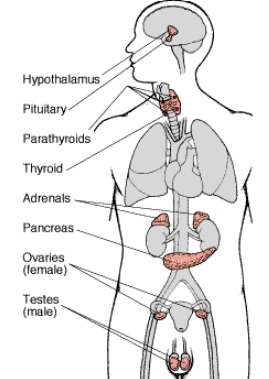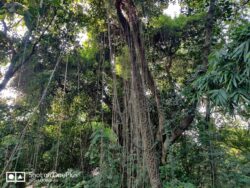The Conservation Status of Biodiversity is usually known through the comprehensive Inventory prepared periodically by the IUCN, the International Union for the Conservation of Nature and Natural Resources. This comprehensive Inventory of the Conservation Status of Species is popularly known as the Red List or the Red Data List.
A more general term the IUCN uses to indicate a species is on the verge of extinction is a Threatened Species. This term also includes the Vulnerable Species, the Endangered, and the Critically Endangered Species.
The categories of the Conservation Status of species as referred by the IUCN are given in its Red- Data List. The IUCN and most organizations working in the field of biodiversity conservation consider that many species of plants and animals have yet to be discovered. Hence, the current data we have is incomplete. Accordingly, all the species that are supposedly found on this planet are placed into two broad categories- the Evaluated Species and the non-evaluated Species (NE).
The evaluated species are further classified into Data-Rich, those about whom sufficient data are available, and Data-Deficient Species (DD). The data-rich species are classified into extinct (EX), extinct in the wild (EW), threatened, near threatened, and least Concerned. The Threatened category is further divided into Critically Endangered (CR), Endangered (EN), and Vulnerable (VU).
Extinct Species: When the last remaining member of a species dies or is presumed beyond reasonable doubt to have died, the species is known to be extinct. Examples of some extinct organisms are the dodo, Passenger Pigeon, and Thylacine.
Extinct in the wild: The species is said to be extinct when there is no free-living natural population of individuals except those surviving in captivity. An example is Alago’s curassow.
Critically Endangered: A species that is likely to face an extremely high risk of extinction in the immediate future is called critically endangered. Examples include the cheetah, Blue Whale, Snow Leopard, and African Wild Dog.
Vulnerable: A species that faces a high risk of extinction in the medium term is called vulnerable. Examples include the Gaur and the lion.
Least Concern: If there is no immediate threat to the survival of a species, it is put in the category of Least Concern.
The latest IUCN’ Red List’ indicates that about 24 per cent (1130) of mammals and 12 per cent (1183) of bird species are currently regarded as threatened globally. The number of critically endangered species worldwide for mammals and birds has gone to 180 and 182, respectively.
Experts think that over the next 100 years, the extinction rates of the vertebrate groups could be as high as 15 to 20 per cent. We don’t have sufficient data to analyse how many species have become extinct in the past 30 years. However, according to the Committee on the Recently Extinct Organisms (CREO)-2001, about 58 fish species and one mammal species have been recorded as extinct since 1970.
Birdlife International has indicated that nine bird species have become extinct since 1970. The Living Planet Index created by the United Nations Environmental Programme (UNEP) in cooperation with WWF (Worldwide Fund for Nature) shows that-
1. Temperate and tropical forests declined about 12% from 1970 to 1999. The index showed a downward trend due to deforestation in many tropical areas.
2. Based on populations of 217 species, the marine index showed a decline of about 3.5% from 1970-1999.
3. Out of 194 populations, Inland water and wetland species samples showed a 50% decline.




